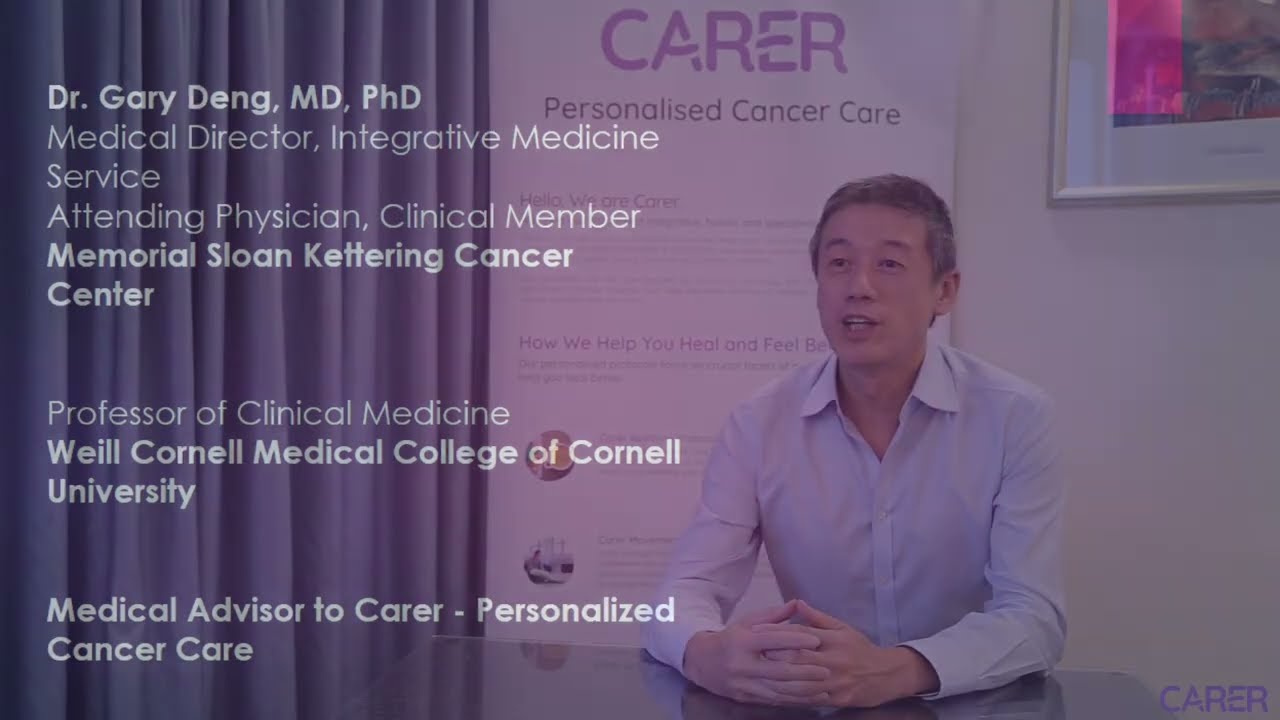Category: Challenges & Planning
-

The Importance of Integrative Oncology: A Pioneer Approach to Cancer Care
Integrative oncology is transforming cancer care by blending conventional treatments with evidence-based complementary therapies such as acupuncture, meditation, yoga, and nutritional counseling. This holistic approach helps patients manage treatment side effects, reduce stress, and enhance overall well-being.Dr. Deng, a visionary in the field, emphasizes the significance of this movement: “I know it’s very difficult…
-

Tools for Lung Cancer Patients: Easing Breathlessness and Anxiety
Respiratory issues such as exhaustion, persistent coughing, and shortness of breath are common in lung cancer patients, and they can cause mental stress and anxiety. A comprehensive strategy that incorporates breath-focused therapy, mindfulness, natural remedies, and a peaceful home environment is needed to manage these symptoms. Common Respiratory Challenges & Emotional Stress Breathlessness (dyspnea) is…
-

Understanding Food and Drug Interactions: What You Need to Know
When taking medications, it’s important to be aware of how certain foods can affect their effectiveness. When a food, beverage, or supplement changes how a drug acts in the body, it’s called a drug interaction. These interactions may increase the potency, decrease the effectiveness, or even result in negative side effects of drugs. Why Do…
-

Soothing the Gut: Managing Digestive Issues in Colorectal Cancer Patients
Patients with colorectal cancer frequently have digestive discomfort as a result of the disease or its treatments. Radiation, chemotherapy and surgery have a significant impact on the patient’s gut microbiome and as a result, their quality of life . Some of the symptoms can include, but are not limited to nausea, constipation, diarrhea, and bloating.…
-

Understanding Non-Hodgkin’s Lymphoma: Symptoms, Causes, and Treatment
Non-Hodgkin’s lymphoma (NHL) is a type of cancer that originates in the lymphatic system, which is part of the body’s immune defense. In contrast to Hodgkin’s lymphoma, NHL is more prevalent and encompasses a wide range of blood cancers that impact lymphocytes, which are white blood cells. The main features of NHL are examined in…
-

The Science Behind Plastics and Cancer Risk: What You Can Do
Plastic is everywhere. From our kitchens to our cars and are even part of crucial processes in places like hospitals. Growing research indicates that certain chemicals have been proven to be harmful, especially when it comes to long-term cancer risk. While we’re not calling for panic or perfection, small shifts in how we interact with…
-

Understanding Chronic Inflammation: Causes, Risks, and Prevention
Have you ever noticed a red, swollen bump after an injury or insect bite? That’s acute inflammation—your body’s natural defense mechanism to heal itself. Similarly, inflammation can occur inside your body as well. This presents differently as symptoms that may seem unrelated. When inflammation persists for months or even years without an apparent cause, it…
-

Coping with Nausea and Appetite Loss During Chemotherapy: Holistic Tips that Help
Chemotherapy is a life-saving treatment, but its side effects particularly nausea and appetite loss can make eating a challenge. Comfort and nutrition throughout this trying time can be enhanced by knowing the causes of these symptoms and how to treat them holistically. Why Nausea and Appetite Loss Happen Chemotherapy affects rapidly dividing cells, including those…
-

Artificial Sweeteners and Health Hazards
Artificial sweeteners, also known as low-calorie sweeteners (LCS), are sugar substitutes added to foods and beverages to provide sweetness without the calories of regular sugar. These intense sweeteners can be hundreds to thousands of times sweeter than sugar, making them popular in “diet” or “sugar-free” products. There are six LCS (low calorie sweeteners) approved by…
-

Oncolytic Virus Therapy: Using Viruses to Target Cancer Cells
What is Oncolytic Virus Therapy? Oncolytic virus therapy is an innovative cancer treatment that uses genetically modified viruses to selectively infect and destroy cancer cells while sparing healthy tissue. These viruses are engineered to multiply within tumors, forcing cancer cells to rupture (lyse) and release antigens unique to the tumor. In addition to directly killing…
